Last week's post ended with a view of Toulouse's old Roman wall.
Toulouse was integrated into the Roman empire during the 2nd century BC and boasted aqueducts, theatres, therms and a forum. Actually, it was the fourth largest city in the western half of the empire!
Toulouse changed hands quite few times. It became the capital of the Visigothic kingdom, which stretched from the Loire Valley to the Gibraltar Strait, in AD 418; part of the Merovingian kingdom 90 years later (thanks to Clovis I); the chief town of the Carolingian kingdom of Aquitaine after successfully withstanding a Saracens siege in 721; and the seat of the feudal countship of Toulouse after 778.
The early history of the city is marred by the martyrdom of its first Bishop, St Saturnin(us) (or St Sernin).
"[T]o reach the Christian church Saturninus had to pass before the capitol [the Capitole], where there was an altar, and according to the Acts [of Saturninus] were employed as historical sources by the chronicler Gregory of Tours, the pagan priests ascribed the silence of their oracles to the frequent presence of Saturninus. One day they seized him and on his unshakeable refusal to sacrifice to the images, they condemned him to be tied by the feet to a bull which dragged him about the town until the rope broke. (Tellingly, the identical fate was ascribed to his pupil Saint Fermin whose site of martyrdom is at Pamplona.)
The bull, it is said, finished at the place since named Matabiau - that is, matar ("the killing") and biau or bœuf ("bull"). [...] Two Christian women piously gathered up the remains and buried them in a "deep ditch", that they might not be profaned by the pagans. [...]
The site, said to be "where the bull stopped" is on rue du Taur ("Street of the Bull")." (Source: Wikipedia)
In 403, the site of the Bishop's grave was used as the building location for Saint-Sernin Basilica .
Original size: 6030 × 4028 pixels
Buy a print here.
Original size: 6030 × 4028 pixels
Buy a print here.
Original size: 6030 × 4028 pixels
Buy a print here.
Photos 1-3: Views of the old Roman wall.Original size: 6030 × 4028 pixels
Buy a print here.
Photos 4: A typical street in Old Toulouse.Original size: 6030 × 4028 pixels
Buy a print here.
Photos 5: A view of Prairie des filtres.This area once was a runway and a rugby traning ground. During the war, people used it as a vegetable garden.
Today, Prairie des filtres is a very popular park and venue for several major annual events, including the Bastille Day fireworks.
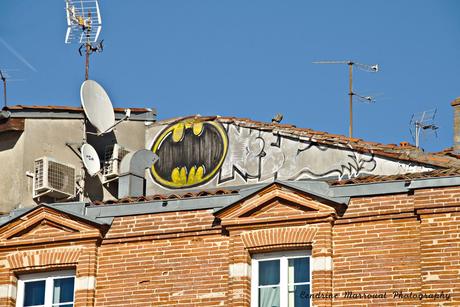
Original size: 6030 × 4028 pixels
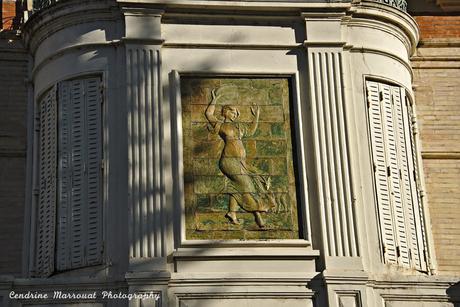
Original size: 6030 × 4028 pixels
Original size: 6030 × 4028 pixels
Buy a print here.
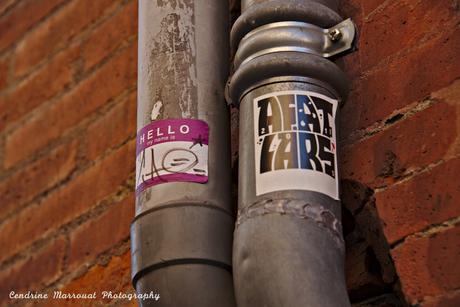
Original size: 6030 × 4028 pixels
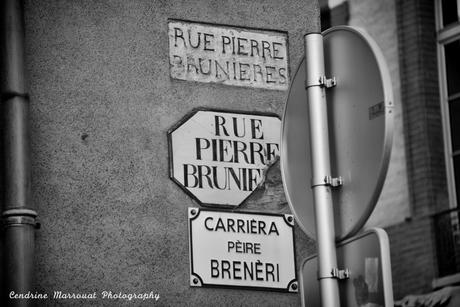
Original size: 6030 × 4028 pixels
Photo 10: Typical street name plates.In the old part of the city, street names must be in French and Occitan, a Romance language still spoken by hundreds of thousands of people in southern France.
Original size: 6030 × 4028 pixels
Buy a print here.
Toulouse is known as "la Ville Rose" (The Pink City) because of the distinctive clay brick color of its old buildings. Apparently, that kind of bricks has been used for at least two millennia.
Original size: 6030 × 4028 pixels
Buy a print here.
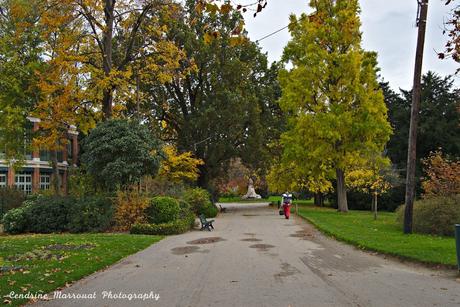
Original size: 6030 × 4028 pixels
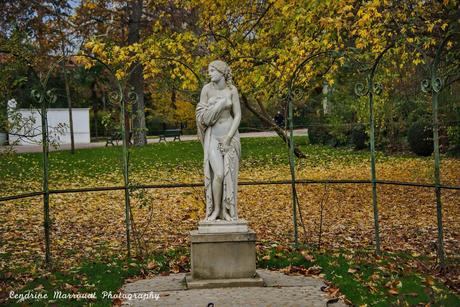
Original size: 6030 × 4028 pixels
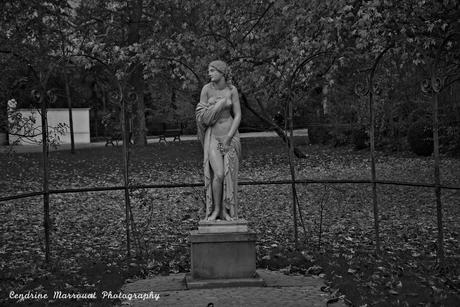
Original size: 6030 × 4028 pixels
Photos 13-15: Views of Jardin des plantes. (I talk about this public garden in part 1.)
See you next week for part 5! View more photos of my visit to France here.
